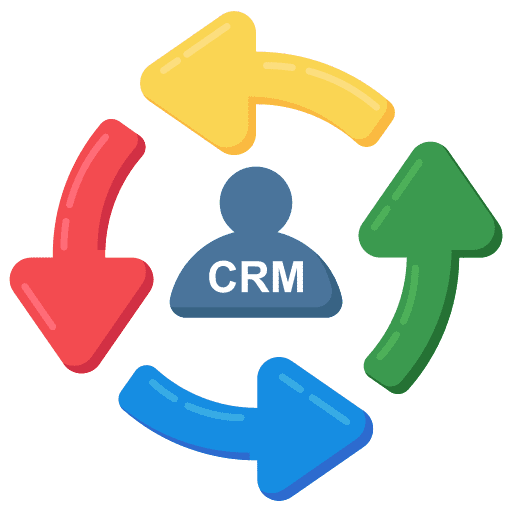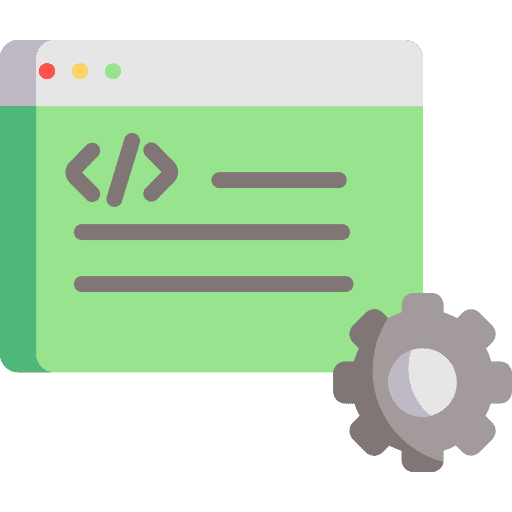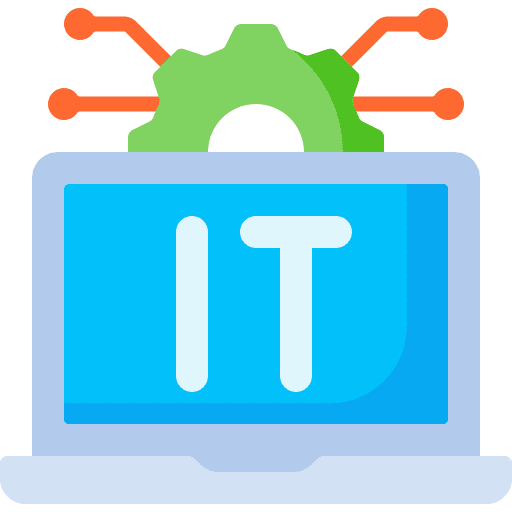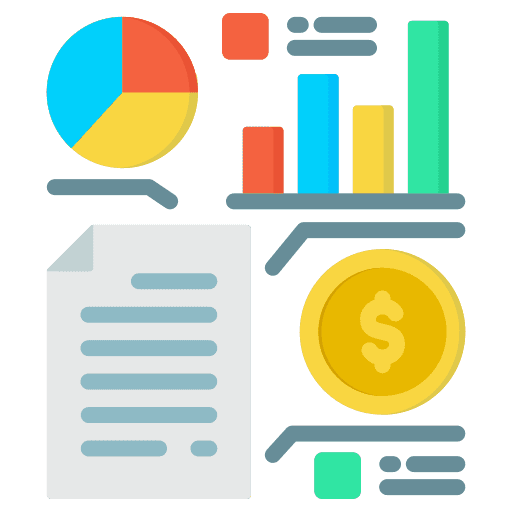[vc_row][vc_column][vc_row_inner][vc_column_inner][vc_column_text]
What is Robotic Process Automation (RPA)?
Robotic Process Automation (RPA) is software technology that’s easy for anyone to use to automate digital tasks.
With RPA, software users create software robots, or “bots”, that can learn, mimic, and then execute rules-based business processes. RPA automation enables users to create bots by observing human digital actions. Show your bots what to do, then let them do the work. Robotic Process Automation software bots can interact with any application or system the same way people do—except that RPA bots can operate around the clock, nonstop, much faster and with 100% reliability and precision.[/vc_column_text][/vc_column_inner][/vc_row_inner][vc_row_inner][vc_column_inner width=”2/3″][vc_column_text]In an increasingly connected world, automation capabilities allow organizations to do more with less across their business. AI We’ve made important strides with process automation. But the patchwork nature of these services is holding back our ability to scale automation across the enterprise, from digitizing pen-and-paper tasks to automating complex processes that span legacy and modern applications.[/vc_column_text][/vc_column_inner][vc_column_inner width=”1/3″][/vc_column_inner][/vc_row_inner][/vc_column][/vc_row][vc_row][vc_column][vc_row_inner][vc_column_inner width=”1/2″][/vc_column_inner][vc_column_inner width=”1/2″][vc_column_text]To realize the promise of automation, organizations must:
- Automate processes across legacy software and modern cloud-based apps and services
- Leverage low- or no-code approaches to make automation accessible, and reusable, to everyone in the organization
- Empower teams to easily bring AI models into their everyday workflows
- Integrate digital process automation (DPA), robotic process automation (RPA), and artificial intelligence (AI) into a scalable, end-to-end automation solution
[/vc_column_text][/vc_column_inner][/vc_row_inner][/vc_column][vc_column width=”1/3″][vc_column_text]Automate workflows across the variety of modern cloud services that workers use every day. This API-based approach lets you automate workflows between applications and services, sync files, get notifications, collect data, and perform other common tasks.[/vc_column_text][/vc_column][vc_column width=”1/3″][vc_column_text]Automate processes and exchange data with legacy, on-premises software that is still essential in many enterprises. This UI-based approach turns manual tasks into automated workflows by recording and playing back humandriven interaction with software systems that don’t support API-based automation.[/vc_column_text][/vc_column][vc_column width=”1/3″][vc_column_text]Integrate AI models into your workflows with a low-code approach. Using capabilities like form processing, object detection, prediction, and text classification, this approach allows for the automation of unstructured inputs.[/vc_column_text][/vc_column][vc_column][/vc_column][/vc_row][vc_row][vc_column width=”1/3″][vc_column_text]58% of organizations plan to increase spending on workflow automation in the year ahead.[/vc_column_text][/vc_column][vc_column width=”1/3″][vc_column_text]$2.2B Estimated worldwide spending on RPA software in 2020.3[/vc_column_text][/vc_column][vc_column width=”1/3″][vc_column_text]83% of organizations have deployed, are piloting, or are researching AI technologies for their business.[/vc_column_text][/vc_column][/vc_row][vc_row][vc_column][vc_column_text]Attended RPA Unattended RPA Runs on a worker’s PC to automate cumbersome or repetitive processes, allowing the worker to correct any errors as needed. This approach achieves many benefits of automation while allowing for human intervention when human intelligence or business experience is required.[/vc_column_text][/vc_column][/vc_row][vc_row][vc_column][vc_column_text]Unattended RPA Runs on a worker’s PC to automate cumbersome or repetitive processes, allowing the worker to correct any errors as needed. This approach achieves many benefits of automation while allowing for human intervention when human intelligence or business experience is required. Runs with no user logged in. Workflows trigger in the background based on events that happen, and then run at any time in the cloud. It is used to accelerate automation of high-volume, repetitive tasks without lifting a finger.[/vc_column_text][/vc_column][/vc_row]






















